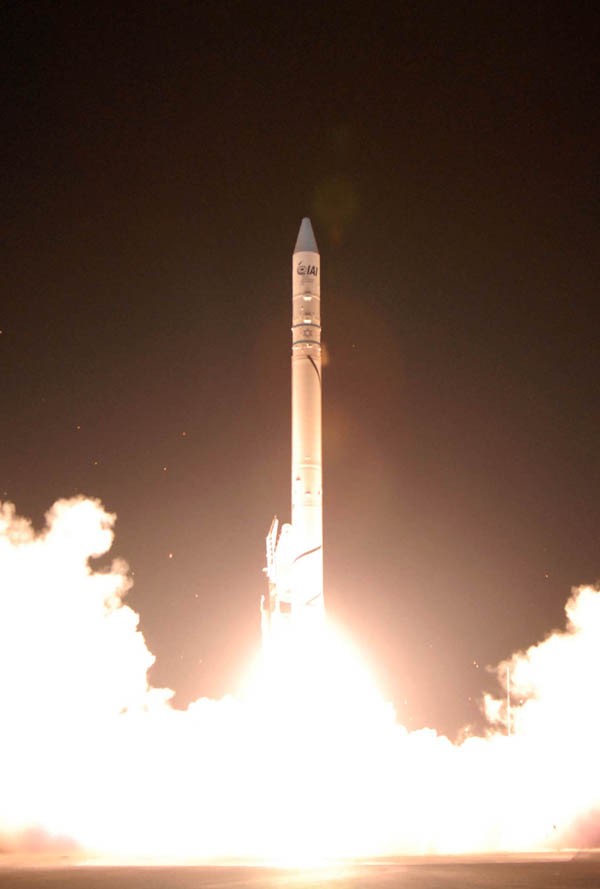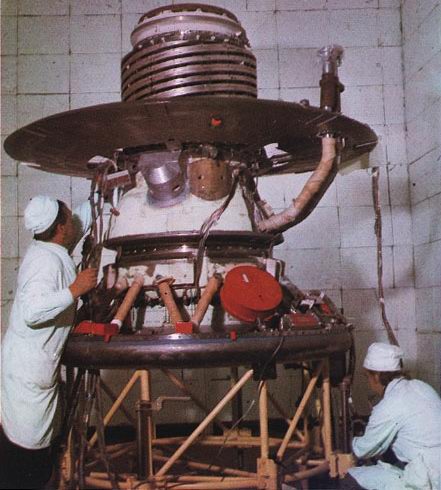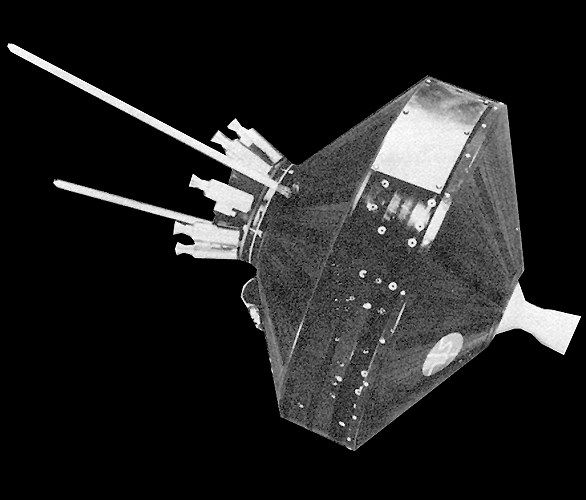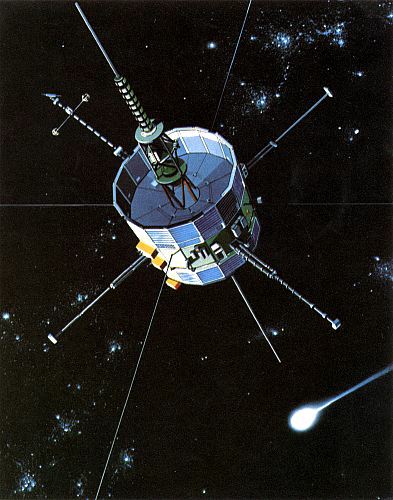I started my space history series of blog entries five years ago this month. I’ve never claimed that it was authoritative or museum-quality, or even particularly complete. But since I’ve concentrated on hitting events on their 5-year anniversaries, I’ve gotten to the point that I would be repeating entries.

(If you want museum-quality coverage of space history, you’re better off going to a museum. “Air and Space Museum” by Rob Crawley, on Flickr via Creative Commons.)
For instance, I posted about today’s anniversary of the Explorer 5 launch five years ago (although then I missed the event by one day). But I don’t see the point of repeating things I’ve already catalogued, so the nature of the series is going to have to change.
I plan to be more selective about entries from now on. I may pick out select incidents that are particularly important to me, or I may pick more contemporary items to highlight. I haven’t decided exactly how I want to proceed.
If you have any suggestions, I’d love to hear them! For instance, yesterday Guy Stewart suggested this story about Lunar Orbiter 1 taking the first picture of Earth from the Moon, which happened 47 years ago yesterday. Great story, Guy!
So, to sum up: Many thanks to everyone who has enjoyed the series, and let us know what you think we do from here on out!



 by
by 















